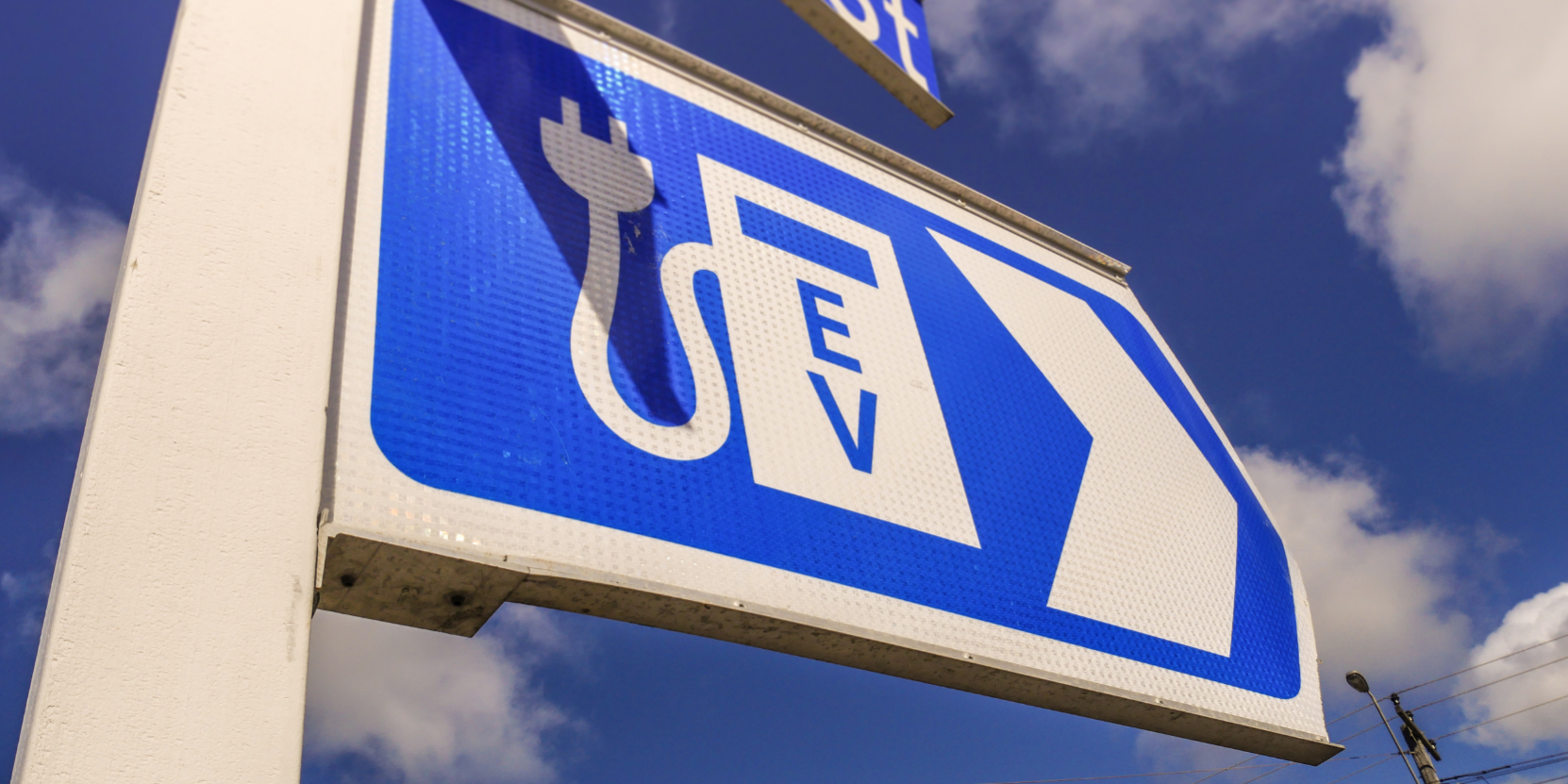Federal funds were authorized to support the continued development of electric vehicle (EV) chargers as part of the 2021 Infrastructure Investment and Jobs Act. Iowa is developing plans to create an EV charging network along Interstates 29, 35, 80, and 380. Our state’s federal funding for 2022 is $7.6 million dollars with the overall 5-Year National Electric Vehicle Infrastructure (NEVI) Federal Funding at $51.4 million dollars.
As shown below, Iowa has a number of existing and proposed level 3 fast chargers, but only 3 currently meet NEVI standards.

To qualify for the funding, NEVI-compliant charging infrastructure must:
- Be open to public and commercial fleet operators
- Use funds for electric vehicle charging stations along designated corridors
- Connect to the electric grid and be spaced no more than 50 miles apart and less than one mile from Interstates and highway corridors
- Be near restrooms, small businesses, and other amenities
- Address needs for electric vehicle charging infrastructure in rural corridors and under-served or disadvantaged communities
- Provide long-term operation and maintenance
- Include existing electric vehicle charging infrastructure programs and incentives
- Consider public-private or private investment partnerships
- Allow flexibility for future upgrades based on power levels and charging speeds
- Adhere to Joint Office of Energy and Transportation standards and requirements
- Consider consumer protection, cyber-security, domestic manufacturing, emergency evacuation planning, environmental permitting, resilience, and terrain-related issues
On August 2, 2022, the Iowa Electric Vehicle Infrastructure Deployment plan was submitted to the federal Joint Office of Energy and Transportation for review. Pending review, adjustments may be made prior to certification by the Federal Highway Administration by no later than September 30, 2022.
For more information on this, the Iowa DOT has created a portal: Iowa Electric Vehicle Infrastructure Deployment Plan’s vision and goals: iowadot.gov/iowaevplan/Overview#vg
These programs will support the Justice40 Initiative, which establishes a goal that at least 40% of the benefits of federal investments in climate and clean energy infrastructure are distributed to disadvantaged communities. This does not mean, however, that 40% of all charging infrastructure funded under this program must be located in disadvantaged communities.
Rather, the Iowa DOT will utilize the EV Charging Justice40 Map Tool to analyze the existing and future EV network for Iowa, and incorporate the location of these communities as a criteria for the priority scoring of interchanges when identifying potential future infrastructure sites.
To assist the States, the Department of Energy created The Disadvantaged Communities Reporter which is DOE’s mapping tool intended to allow users to explore and produce reports on the census tracts DOE has categorized as DACs. The tool shows census tracts categorized as DACs in blue and federally recognized tribal lands and U.S. territories in green. The left panel enables a location search by either common geographies (zip, city county), tract number (GEOID), tribal name, or territory name. The left display shows the top 10 burden indicators for the selected census tract and the report shows values for all 36 burden indicators for the selected census tract.

After certification of the Iowa plan, there will be many details to work out regarding program implementation and administration. It is anticipated that an official announcement will occur this winter on the availability of funding and what the process entails for seeking those funds.






